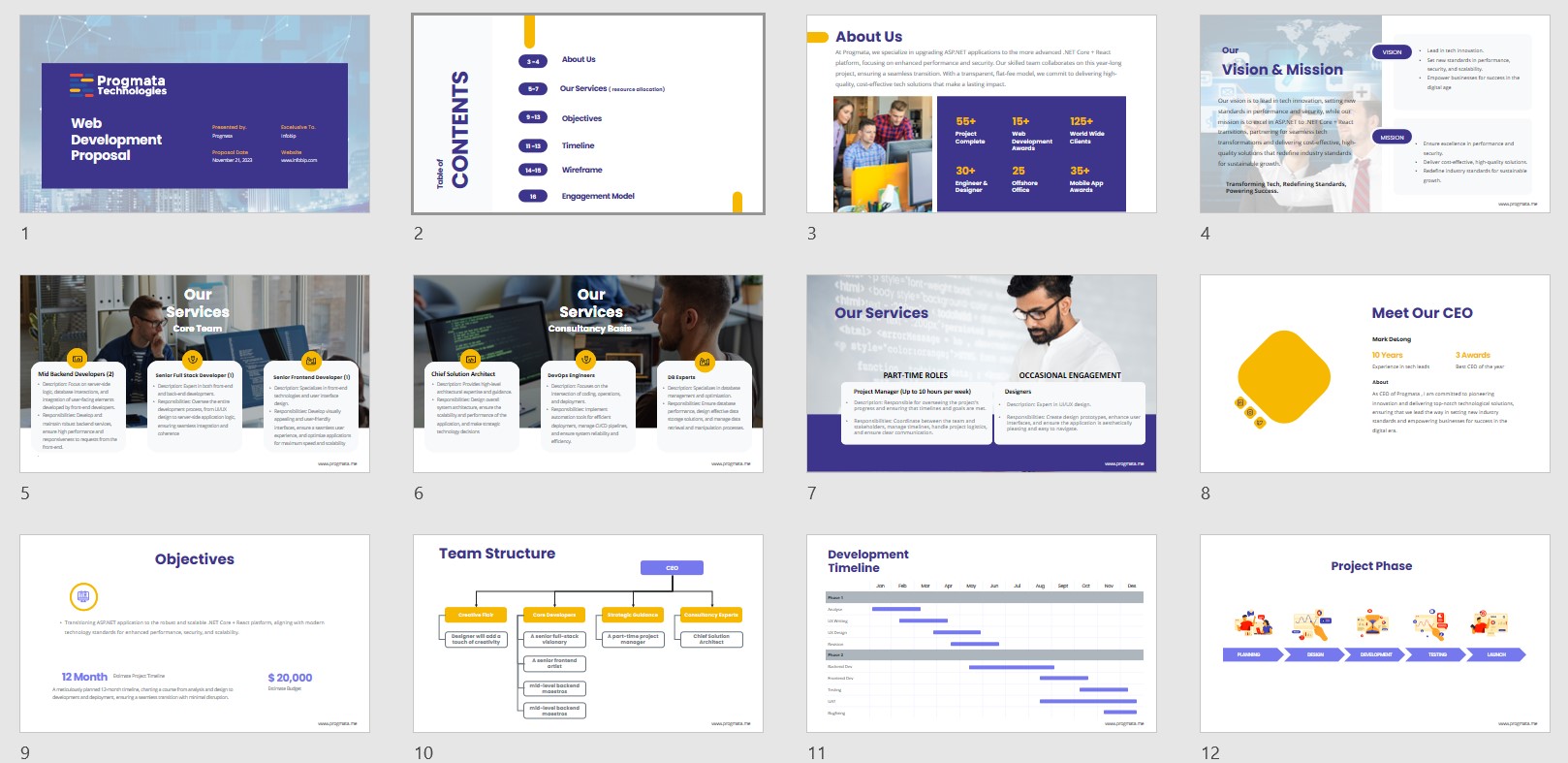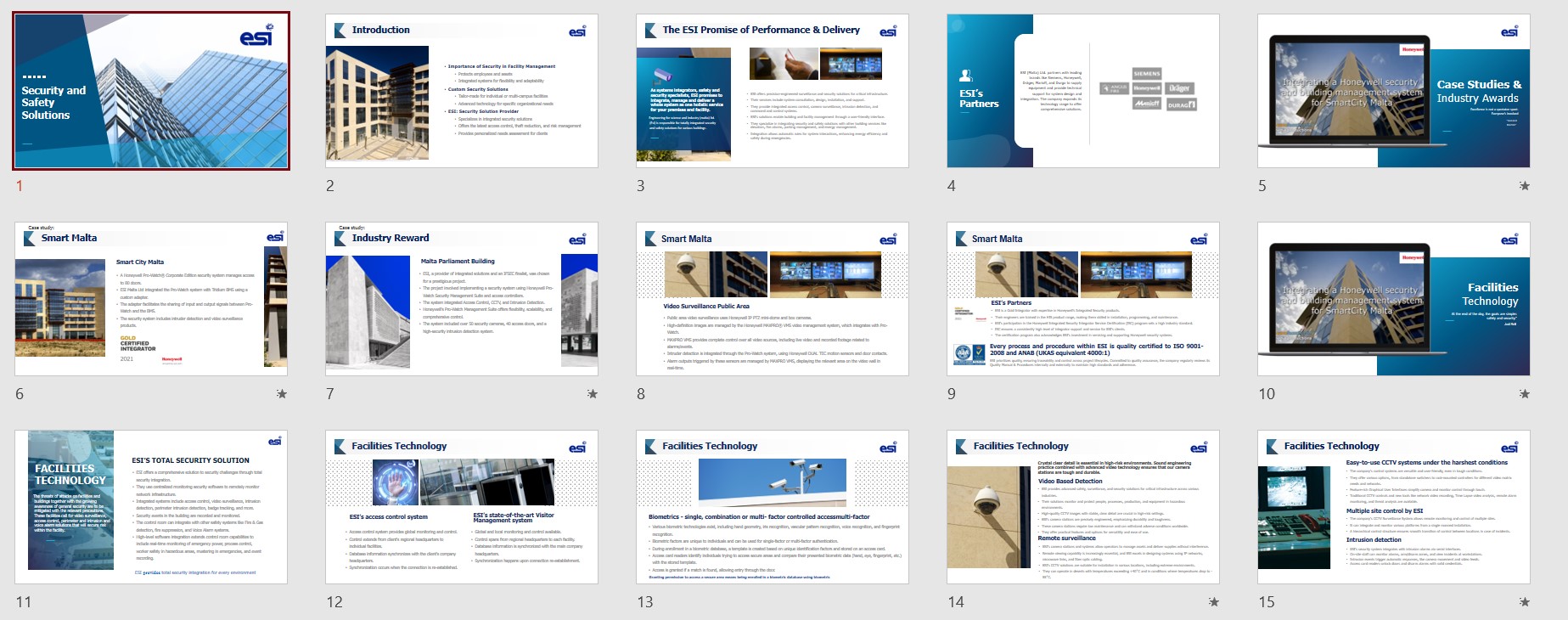Introduction to PowerPoint Business Presentations
In the fast-paced world of business, the ability to communicate ideas effectively is paramount. This is where PowerPoint business presentations come into play, serving as a powerful tool to convey messages, pitch new ideas, and summarize complex data in an easily digestible format. My journey with PowerPoint began years ago, and it has since become an indispensable part of my professional toolkit. Whether it’s for a boardroom meeting or a client pitch, mastering PowerPoint has allowed me to present my ideas more persuasively.
Understanding the nuances of creating impactful presentations is not just about mastering a software; it’s about learning how to structure your thoughts, design your slides, and deliver your message in the most compelling way possible. In this guide, I will walk you through every step of this process, sharing insights from my own experience and helping you avoid common pitfalls.
PowerPoint business presentations, when done right, can leave a lasting impression, persuade stakeholders, and drive business outcomes. Therefore, it’s crucial not just to focus on the content but also on how it’s presented. Let’s embark on this journey to enhance your presentation skills and leverage PowerPoint to its fullest potential.
Importance of Effective Business Presentations
Effective business presentations are more than just slides; they are a reflection of your professionalism, understanding of the subject, and your ability to persuade or inform an audience. They have the power to make or break deals, influence decisions, and shape perceptions. From my experience, a well-crafted presentation can open doors to new opportunities, facilitate clearer communication, and foster better relationships within and outside an organization.
In today’s competitive landscape, the ability to stand out and convey your message clearly is invaluable. Effective presentations can help you differentiate yourself and your ideas, making them memorable and impactful. Moreover, they serve as a tool for storytelling, allowing you to weave complex data and insights into a narrative that resonates with your audience.
Understanding the importance of these presentations is the first step in mastering them. It sets the foundation for a mindset that prioritizes clarity, engagement, and persuasion, guiding the choices you make throughout the process of creating your PowerPoint slides.
Understanding the Basics of PowerPoint
Before diving into the intricacies of design and storytelling, it’s essential to grasp the basics of PowerPoint. This software, part of the Microsoft Office suite, is designed to facilitate the creation of digital presentations through a system of slides. Each slide can contain text, images, charts, and other multimedia elements, organized in a way that supports the presenter’s message.
Getting comfortable with PowerPoint’s interface and features is crucial. Familiarize yourself with the toolbar, where you can find functionalities for adding new slides, selecting layouts, and inserting various elements. Experiment with different features to understand their potential impact on your presentation. For instance, mastering how to use charts and graphs can significantly enhance your ability to present data.
Another fundamental aspect is understanding the principles of slide design, such as the use of white space, font choices, and color schemes. These elements play a critical role in making your presentation visually appealing and easy to follow. Remember, the goal is to support your message, not overshadow it with overly complex slides.
Choosing the Right Design and Layout for Your Presentation
Selecting the appropriate design and layout for your presentation is pivotal. This decision should be influenced by the content of your presentation, your audience, and the context in which you will be presenting. A well-designed presentation helps in emphasizing your key points and making your message more accessible.
When choosing a design, consider simplicity and clarity. A cluttered or overly complicated design can distract from your message. Opt for clean lines, legible fonts, and a color scheme that reflects the tone of your presentation. For instance, a presentation to potential investors might benefit from a professional and sleek design, while a creative brainstorming session could allow for more vibrant and dynamic layouts.
The layout of each slide is equally important. It should guide the viewer’s eye through the content in a logical sequence, ensuring that the information is easy to digest. Balance text and visuals to keep the audience engaged without overwhelming them. Remember, each slide is an opportunity to reinforce your message, so make every element count.
Creating a Compelling Story and Structure for Your Presentation
One of the most effective ways to engage your audience is by crafting a compelling story. Storytelling can transform a mundane presentation into an engaging narrative that captures the audience’s attention and leaves a lasting impression. Begin by defining the purpose of your presentation and the key message you want to convey. From there, structure your content like a story, with a clear beginning, middle, and end.
The beginning should introduce the topic and outline what the audience can expect to learn. This is your chance to grab their attention and set the tone for the rest of the presentation. The middle delves into the details, presenting data, insights, and arguments that support your main message. Finally, the end should tie everything together, reiterating the key points and leaving the audience with a clear takeaway or call to action.
Incorporating elements of storytelling, such as characters, conflicts, and resolutions, can make your presentation more relatable and memorable. However, it’s crucial to maintain a balance and ensure that the story serves to enhance your message, not distract from it.
Adding Visual Elements to Enhance Your PowerPoint Business Presentations
Visual elements play a crucial role in enhancing the effectiveness of your presentation. They can help to illustrate points, make data more comprehensible, and keep the audience engaged. Utilizing images, charts, graphs, and videos can break up the monotony of text and breathe life into your slides.
When incorporating visuals, it’s essential to ensure they are high quality and relevant to the content of your presentation. Each visual should serve a purpose, whether it’s to simplify complex information, provide evidence, or evoke an emotional response. Be mindful of not overloading your slides with visuals, as this can lead to distraction and confusion.
Additionally, consider the use of icons and infographics, which can be powerful tools for summarizing information and making comparisons. These elements, when designed well, can significantly enhance the visual appeal of your presentation and make your message more memorable.
Incorporating Data and Statistics Effectively
Data and statistics are powerful tools for supporting your arguments and lending credibility to your presentation. However, presenting data in a way that is accessible and engaging to your audience can be challenging. It’s essential to distill complex data into a format that is easy to understand and relevant to your message.
Charts and graphs are effective means of visualizing data, allowing the audience to quickly grasp trends, patterns, and relationships. When using these tools, choose the type that best represents your data, whether it’s a bar chart, line graph, pie chart, or another format. Additionally, avoid cluttering your visuals with too much information. Highlight the most important data points and provide a clear explanation of what the data signifies.
Using data effectively requires a balance between detail and simplicity. Provide enough context to ensure the data is meaningful, but avoid overwhelming the audience with numbers. Remember, the goal is to reinforce your message and provide evidence, not to give a statistics lecture.
Using Animations and Transitions to Engage Your Audience
Animations and transitions can add a dynamic element to your presentation, helping to maintain the audience’s attention and emphasize key points. However, it’s crucial to use these features judiciously. Overuse or inappropriate use of animations and transitions can distract from your message and appear unprofessional.
When incorporating animations, consider their purpose. Use them to reveal information gradually, highlight important elements, or demonstrate a process. Choose subtle animations that enhance the content rather than drawing attention away from it. Similarly, transitions between slides should be smooth and consistent, serving to maintain the flow of the presentation rather than disrupting it.
It’s also worth noting that the effectiveness of animations and transitions can depend on the context of your presentation and the preferences of your audience. When in doubt, err on the side of simplicity. A well-timed and thoughtfully chosen animation can be impactful, but the content of your slides should always be the focus.
Mastering the Art of Delivery and Public Speaking
The delivery of your presentation is as important as the slides you’ve created. Even the most well-designed PowerPoint presentation can fall flat without effective public speaking skills. Mastering the art of delivery involves several key components, including confidence, clarity, and engagement with the audience.
Confidence in your delivery can be bolstered by thorough preparation and familiarity with your material. Knowing your presentation inside and out will allow you to speak with authority and adapt on the fly if necessary. Practicing your delivery, either alone or in front of a small audience, can help you refine your pacing, tone, and body language.
Clarity in your speech is essential for ensuring your message is understood. Speak at a measured pace, enunciate clearly, and avoid jargon that might confuse the audience. Additionally, make eye contact and use gestures to reinforce your points and connect with the audience on a personal level.
Engaging with your audience is critical for keeping their attention and making your presentation memorable. Ask questions, invite participation, and be responsive to their reactions. Demonstrating that you value their input and are interested in their perspective can greatly enhance the effectiveness of your presentation.
Tips for Rehearsing and Practicing Your Presentation
Rehearsing your presentation is a crucial step in ensuring its success. Practice allows you to refine your delivery, familiarize yourself with your material, and identify areas that may need adjustment. Here are some tips for effective rehearsing:
- Start by reviewing your slides and notes, ensuring you understand the flow and structure of your presentation. Then, practice delivering it out loud, either to yourself or to a trusted colleague or friend who can provide constructive feedback.
- Pay attention to your timing. Make sure your presentation fits within the allotted time frame without rushing or dragging. Use a timer during practice sessions to gauge your pace and make adjustments as needed.
- Work on your delivery. Focus on your voice modulation, body language, and engagement with the imaginary audience. Practice making eye contact, using gestures for emphasis, and moving around the space if possible.
Repeating this process several times will not only boost your confidence but also help you identify and troubleshoot potential issues before the actual presentation.
Common Mistakes to Avoid in PowerPoint Business Presentations
While mastering PowerPoint business presentations, it’s equally important to be aware of common pitfalls. Here are some mistakes to avoid:
- Overloading slides with text: This can overwhelm your audience and dilute your message. Instead, use bullet points or short phrases and elaborate verbally.
- Using low-quality visuals: Blurry images or distorted graphs can detract from your presentation’s professionalism. Always use high-resolution visuals that are clearly relevant to your content.
- Ignoring the audience’s needs: Tailor your presentation to the interests and knowledge level of your audience. Failing to do so can result in disengagement and a lack of impact.
By avoiding these errors, you can enhance the effectiveness of your presentations and ensure your message is communicated clearly and compellingly.
Resources for Improving Your PowerPoint Skills
Improving your PowerPoint skills is an ongoing process, and fortunately, there are numerous resources available to aid in your development. Online tutorials, webinars, and courses offer in-depth guidance on everything from basic functionalities to advanced design and storytelling techniques. Additionally, books and articles on the subject can provide valuable insights and tips.
Seeking feedback from colleagues and mentors can also be incredibly beneficial. They can offer a fresh perspective on your presentation style and suggest areas for improvement. Remember, the goal is continuous learning and improvement, so take advantage of the wealth of knowledge and resources available to you.
Conclusion
Mastering the art of PowerPoint business presentations is a valuable skill that can enhance your professional communication and impact. By understanding the basics of PowerPoint, choosing the right design, creating a compelling story, and delivering your message effectively, you can engage and persuade your audience more effectively. Remember to practice regularly, seek feedback, and continuously refine your skills. With dedication and effort, you can transform your presentations into powerful tools for business success.
For those looking to elevate their PowerPoint presentation skills further, consider leveraging professional services that can help you create impactful presentations in a short timeframe. Don’t hesitate to get business presentation Just in 24 hours # and take your presentations to the next level.






